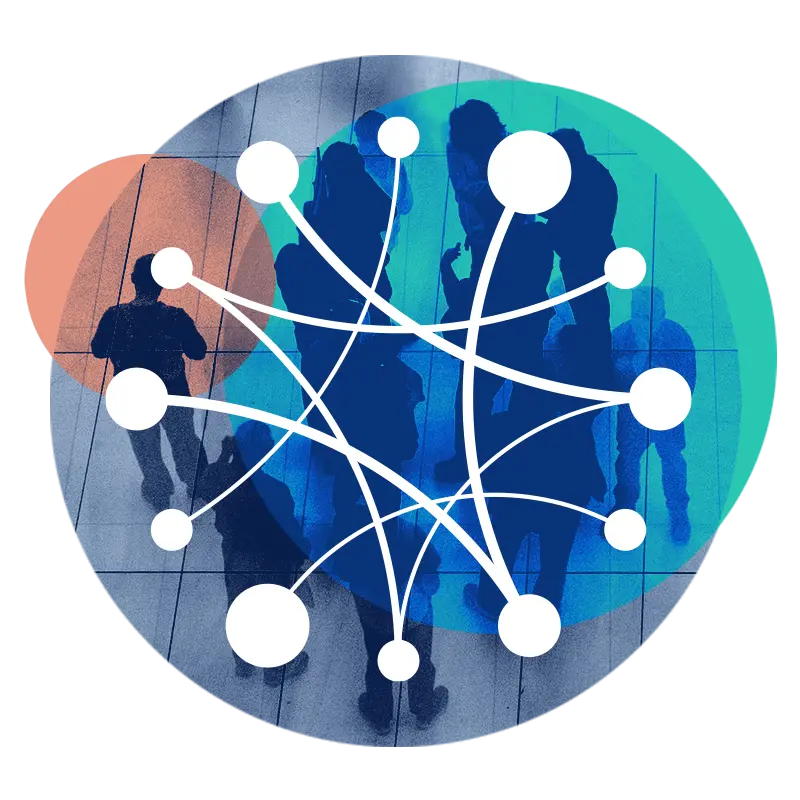 AI is reshaping our lives and society.
AI is reshaping our lives and society.
From its use for hiring decisions to healthcare diagnoses to how we consume media, we are already witnessing how data-driven technologies can help us address social inequality, but also how it can worsen it. Without the voices of those most affected in its development and deployment, we risk deepening the very divides we hope to close.
Yet, despite growing demand from the public and responsible AI advocates for approaches that draw in broader, more diverse communities to the AI decision-making process, product teams often struggle to move from theory to practice when engaging socially marginalized communities. As AI’s influence grows, it is more important than ever for the people and organizations who develop and deploy AI-driven systems to work in close partnership with those who are impacted by it. Everyone, from companies whose core business is developing AI systems to organizations adapting AI tools to improve their digital products, can ensure AI is developed and deployed more inclusively.
This framework supports AI developing and deploying teams navigating engagements with their clients, users, and those ultimately impacted by their AI systems in a manner that engenders trust and meets the needs of those most excluded.
PAI’s Guidance for Inclusive AI offers curated resources for practitioners and leaders in the commercial sector. Please select the role and level of experience most aligned with your needs.
Since 2023, PAI’s Global Task Force for Inclusive AI, a body of leading experts on participatory engagement practices from academia, civil society, and industry (specifically, PAI’s “Big Tech” Partners), have worked to develop new guidance for AI practitioners operating in commercial AI spaces. This framework of values, tactics, and practices helps developers and deployers work more closely with non-technical audiences.
The Guidance is meant to serve as a means to break down the complexity of public engagement strategies to more digestible, easier to navigate components. There is no perfect solution or one-size-fits-all framework for public participation. However, by thoughtfully considering each of these different dimensions of public engagement, it is possible to work within the limitations that arise with corporate-led public engagement activities to mitigate harms and work towards technology that improves everyone’s lives. PAI is committed to updating and evolving this resource to address new challenges and opportunities arising from new technological developments and the public’s understanding and involvement in AI governance.

